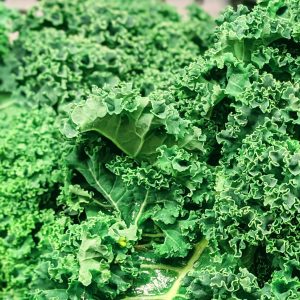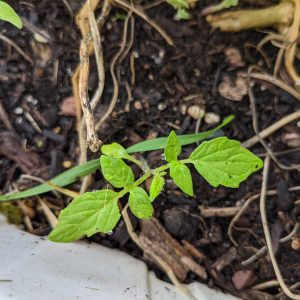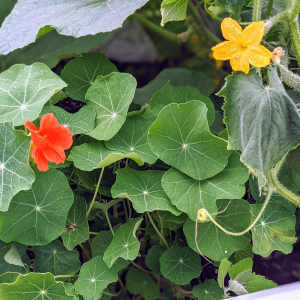Tomatoes Black on Bottom | Understanding Tomato Rot
Have you suddenly found your once-healthy tomatoes black on bottom? This is generally a surefire sign of blossom-end rot.
The black spots on bottom of tomatoes may appear almost without warning. It can happen with your first crop of tomatoes or anytime throughout the season.
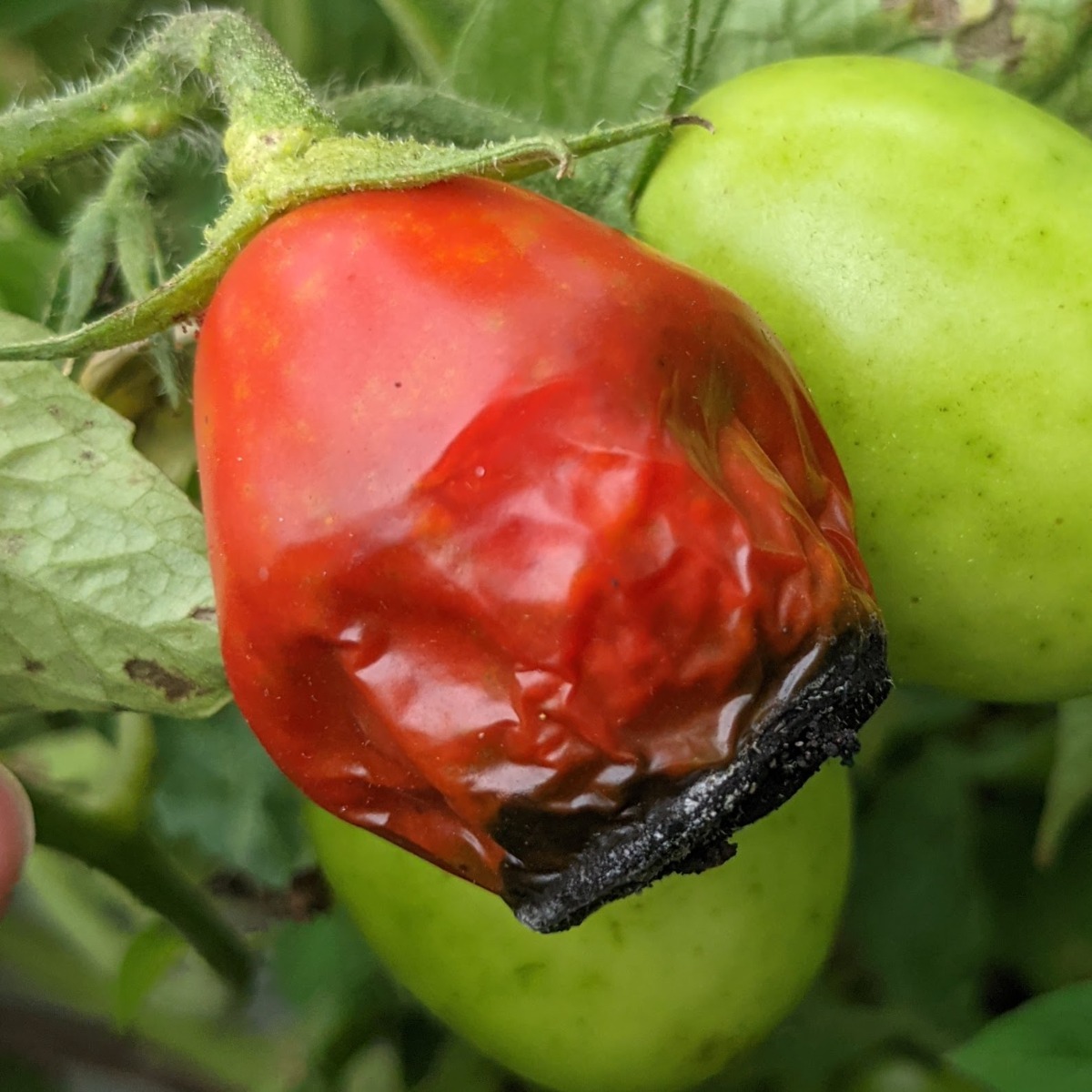
Tomato rot is disappointing to see for sure, but there are some steps you can take to help your tomato plant recover.
Let’s work through it!
Why are my tomatoes black on bottom?
When tomatoes have black bottoms, it’s a sure sign something’s not quite right in your tomato patch. In most cases, the black bottoms of tomatoes are a sign of blossom-end rot. The bottom of the tomato, which is known as the blossom end, is where the flower once was. Blossom-end rot is
What makes my tomatoes brown on bottom?
Blossom-end rot can also make tomatoes brown on bottom. As the tomato tissue breaks down, tomatoes with blossom-end rot tend to develop areas where moisture collects. These saturated spots break down further, leaving you with brown or black bottomed tomatoes.
What does blossom-end rot look like?
With blossom-end rot, the tomatoes may be shrunken, wrinkled, thickened, and black or brown on the bottom. You may also see white patches or streaks on the bottom. Your healthy plant may not show other signs besides its tomatoes black on bottom, yet sometimes you may actually find tomatoes rotting on the vine.
Why are my tomatoes rotting on the vine?
Your tomatoes could be rotting on the vine for a few reasons. If they’ve gone overripe, they may begin to break down before you find them. More likely, however, is that your plants could be struggling with a calcium deficiency known as blossom-end rot. Check to see if you have any tomatoes black on bottom, brown, hardened, water-saturated or with white patches. Blossom-end rot may leave tomatoes rotting on the vine.
What is tomato rot (blossom-end rot)?
Tomato rot – also known as blossom-end rot – is a nutritional issue common in tomato plants where the bottoms of the tomatoes begin to break down as a result of calcium deficiency. You’ll find tomatoes black on bottom, brown or with white patches, along with other signs of distress.
Plum tomatoes are one of the tomato varieties most susceptible to this disorder. Blossom-end rot can also occur with other vegetables, such as eggplant, pepper, squash, watermelon, and pumpkins.
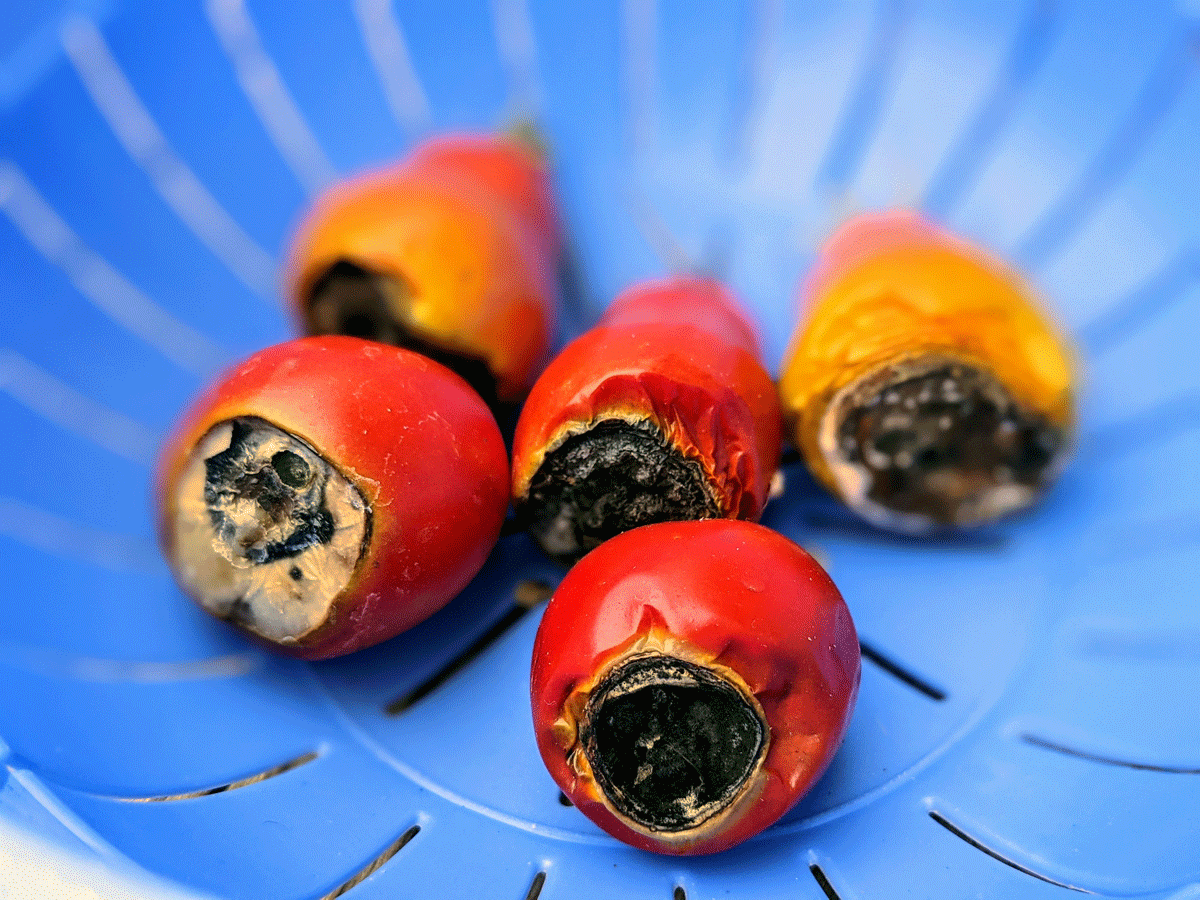
What are the causes that turn tomatoes black on bottom?
Blossom-end rot occurs when tomato plants suffer from a calcium imbalance in developing fruit. If tomatoes cannot take in enough calcium, the plant experiences this physiological distress.
Digging deeper, some factors and causes impacting likelihood of tomato rot include:
- Inconsistent Watering – Water stress is one of the number one causes of blossom-end rot. Both excessive overwatering and drought or underwatering can stress the plant and its vascular system. This fluctuation impacts how well the tomato plant can absorb nutrients from the soil.
- High Nitrogen Fertilizer – According to the Purdue University Cooperative Extension Service, fertilizing excessively with nitrogen may result in “vigorous vine growth” that ultimately reaps the soil from its calcium content. Plants’ uptake of calcium may also be reduced.
- Calcium Deficiency in Soil – When soil is lacking calcium, this can contribute to blossom-end rot developing in your tomato plants.
How to Prevent Tomatoes Turning Black on Bottom
Oftentimes prevention is the best cure when it comes to preventing tomato rot and black bottoms on tomatoes.
Trial and error over years of gardening will help you to find the best methods for growing tomatoes. Preventing tomatoes from rotting on the vine is definitely a good goal for your tomato forest!
Can blossom end rot be stopped?
With a little Google research, you’ll find gardening experts split on whether you can reverse blossom-end rot. Some say you can reverse blossom-end rot while others say you cannot fix tomato rot. The truth is probably somewhere in the middle.
Your odds may come down to what’s causing your tomatoes to turn black or brown. Inconsistent watering or an actual depletion of calcium in the soil.
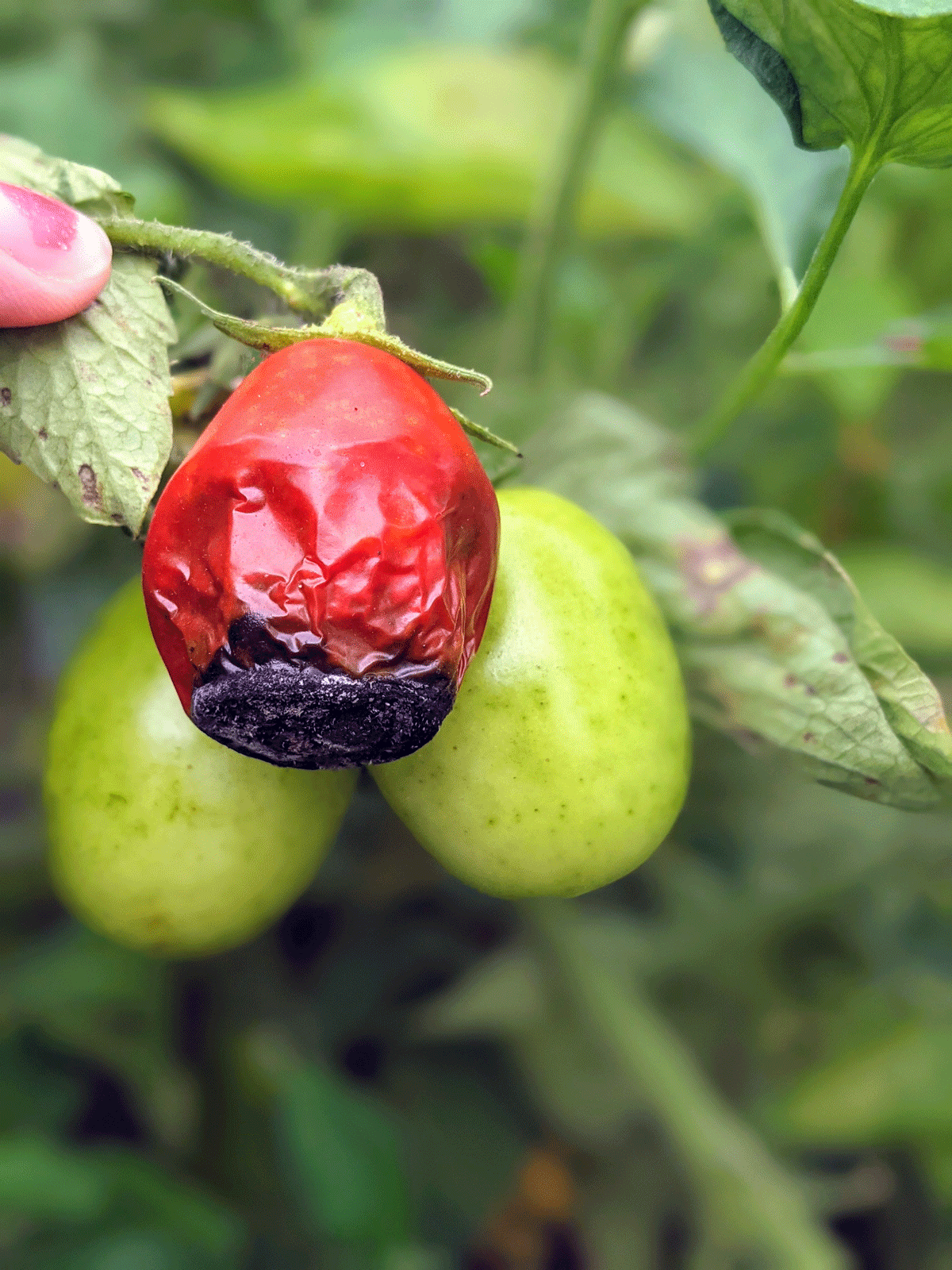
Blossom-End Rot Tips for Tomatoes
Try these tips to help tomatoes recover from calcium deficiency and blossom-end rot.
Improve Watering Schedules
Tomatoes may recover from blossom-end rot as they mature throughout the season. If inconsistent watering is to blame, place keen focus on a watering schedule. Once Mother Nature does her thing with rain, you can take that watering into account. Focus on watering regularly and consistently. Certainly, avoid fluctuating between drought and drenching if possible.
Calcium for Tomatoes: Fortify the Soil
Upgrading the soil with calcium for tomatoes can help improve your yield if a soil-based nutrient deficiency is the problem.
Some gardeners advise on these different ways to add calcium to the soil:
- Tums for Tomato Plants – Crush up Tums or other calcium bicarbonate tablets and bury them next to the tomato plant’s roots.
- Powdered Milk – Some say you can water in powdered milk to help enrich calcium levels in the soil.
- Eggshells – Crunched up eggshells work well in the garden as they can help to increase calcium levels in the soil.
Of course, the best plan is prevention! For best results with healthy tomato plants and beautiful fruit yields, keep watering consistent as best you can all season long.
Did You Know – It’s Not Just the Soil!
Blossom-end rot and calcium deficiency in tomatoes can occur even when the soil is fully sufficient in calcium. The problem arises when the particular tomato plant cannot uptake and distribute enough calcium.
This makes perfect sense to me as our tomato garden this year has multiple Roma tomato plants (paste tomatoes). We’ve seen different results among the Romas, with only one plant leaving tomatoes black on bottom.
As it turned out, only the early crop was affected. We were still able to harvest some nice, healthy tomatoes!
What’s your experience with finding tomatoes black on bottom or dealing with tomato rot?
Please share your favorite tips or any questions you may have in the comments below!
06.28.22 – Updated to include a new photo.

